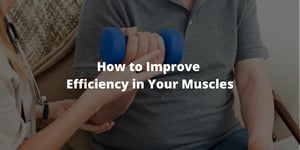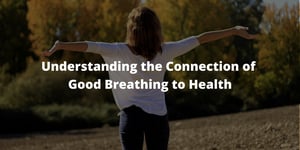Pain is the body’s way of communicating to us that something is unbalanced. Yet, the places we...


Pain is the body’s way of communicating to us that something is unbalanced. Yet, the places we...

Do you ever experience prolonged fatigue lasting more than two days after exercising or playing a...

The latest research shows that rates of stress have skyrocketed since the start of the pandemic,...

Believe it or not, we all have pain. It is inevitable that we will cycle into and out of pain –...

Tightening your abdominal muscles to strengthen your core does not relieve chronic back pain. It is...

The breath grounds, connects, and heals the nervous system, which is why nose breathing is...

We’d love to share with you six pillars of health that date back thousands of years and come from...

Breath is life force and essential to supporting all the functions and systems in our bodies,...

All movement should make you feel great during, after, and days later. You might feel that you have...

Should we accept pain as a normal part of aging?
Chronic tension/pain has become an epidemic across...